Leningrad
Leningrad (now Saint Petersburg) was the second largest city in the Soviet Union after Moscow. It was there that Lenin and his Bolsheviks carried out a coup d’etat (some call it revolution) in 1917 that later culminated in a civil war and the founding of the Soviet Union in 1922. Leningrad was in several ways (politically, culturally, industrially) an important city and thus an important target for the German attack on the Soviet Union in june 1941. Leningrad was in the direction of the army group Nord’s attack and the German troops reached the outskirts of the city in early September 1941.
But the soviet defenders held on and stopped the German attack from the south and the Finnish attack from the north. The Finns then stopped at the former border with the Soviet Union, which they had lost during the Finnish winter war 39/40. It looked like Leningrad would be hard to beat for the germans and it didn’t get better when Hitler moved forces away from leningrad to other parts of Soviet union. Army group Nord’s commander field marshal Ritter von Leeb then decided to besiege the city and starve it out. A decision welcomed by Hitler, who then did not have to worry about how the city’s approximately three million inhabitants would be supported during the winter.
The Siege began on September 8, 1941, when German troops reached the southern shores of Ladoga. Leningrad had thus been cut off from the rest of the Soviet Union. As early as the beginning of November 1941, temperatures fell to minus 30 degrees. Water, fuel and electricity disappeared and the food began to run low. The communist leaders in Leningrad realized that some supplies could not arrive to the city by land because the city was surrounded. Thus, Lake Ladoga offers an alternative when it froze to ice.
Via a strip of land of about fifty kilometres between Leningrad and Ladoga’s western shore at Kokorevo, a road called the Road of Life was established.The road then continued across the ice on Ladoga to a city on the east side which was called Kobina. This road between Leningrad and Kobina gave the Russians the opportunity to bring supplies from the Big land (the part of the Soviet Union that was not occupied by the Germans) to Leningrad and evacuate residents from Leningrad. Later, additional ice roads were established across Ladoga to other locations. The road was continuously bombed by the Germans and thousands of trucks went through the ice.
The winter of 41/42 was the most difficult during the city siege, and when bread rations were at their lowest, manual workers were assigned a daily ration of 250 grams of bread while non-workers were assigned 125 grams. The inhabitants tried to supplement the bread rations by mixing the bread with cellulose. Hunger became the worst enemy, and with it came diseases, lack of medicine and heat complicated it further and caused about 7000 people per day died during the winter 41/42. Pets, rats, birds etc were killed and eaten and there were even isolated cases of cannibalism.
Initially and as long as it was possible to dig, the corpses were transported to cemeteries where they were buried in mass graves. As this was no longer possible, bodies of the dead were left on the ground. But far from all corpses were transported to cemeteries, thousands of corpses were laid out on the street where they froze and people passed them indifferently. Only in the spring could they be transported to any cemetery and buried.
Although the city was besieged, residents tried to live a life, some museums were open, cultural events were arranged, schools and universities were kept open if the situation allowed and some tram lines were running. Despite continuous bombardment, factories kept their war production going, albeit in limited form. All this gave the inhabitants a moral hope for a brightening future. From the spring of 1942 things slowly turned to the better and life became more tolerable in comparison with the winter of 41/42. The Red army tried on four occasions to lift the blockade without success, but in January 1943 they succeeded and could thus open up a country road into the city.
But it was not until January 27, 1944 that the siege was completely lifted, then Leningrad had been besieged for almost 900 days. More than 600,000 people died in the city during the siege and about 400,000 died during the evacuation from the city. About 420,000 of those who died in the city are buried in mass graves at the Piskariovksoye cemetery in northern St. Petersburg. Together with about 50,000 Soviet soldiers who are also buried in the cemetery, this makes Piskariovksoye the world’s single largest mass grave.
Current status: Museums/monuments (2011).
Location: 59°59'40.5"N 30°25'13.3"E (piskariovksoye cemetery).
Get there: Metro and Car.
Follow up in books: Salisbury, Harrison E: Siege of Leningrad, 1941-1944: 900 Days of Terror (2001).

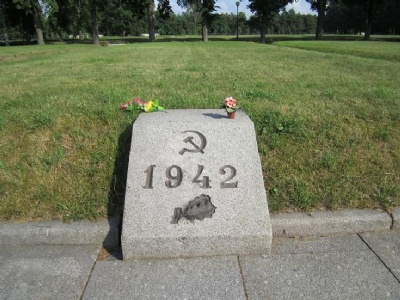


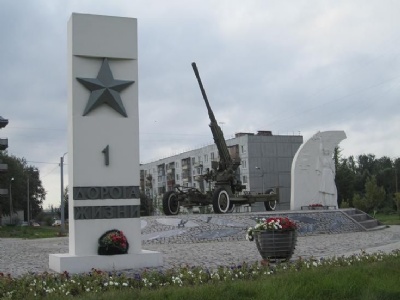
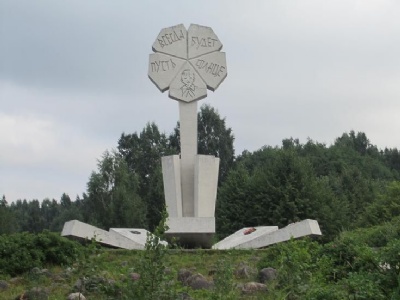

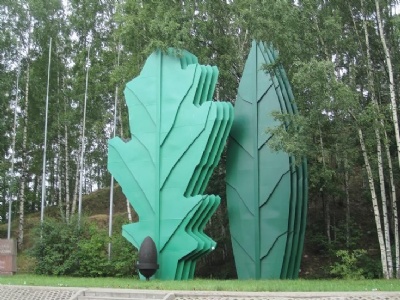
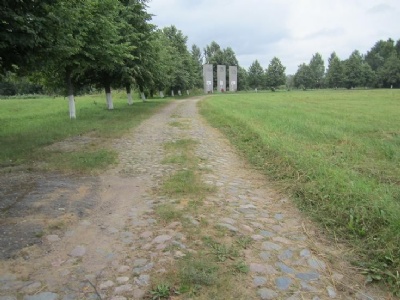
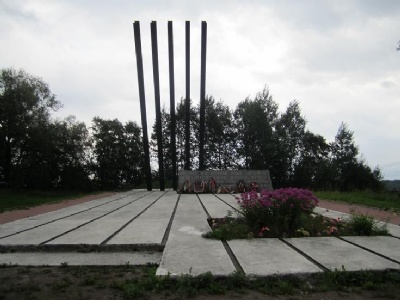
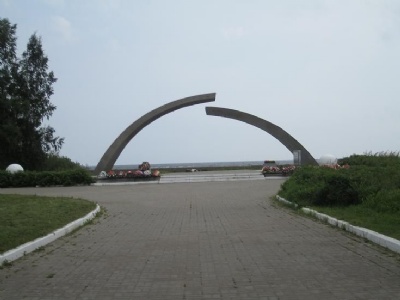
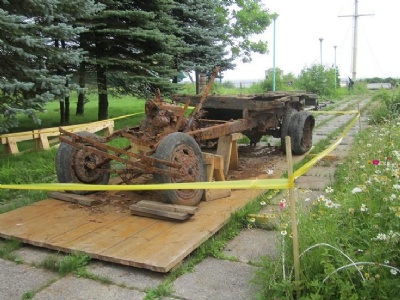
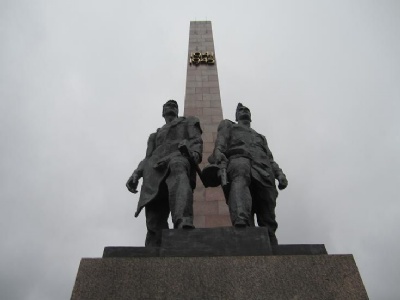
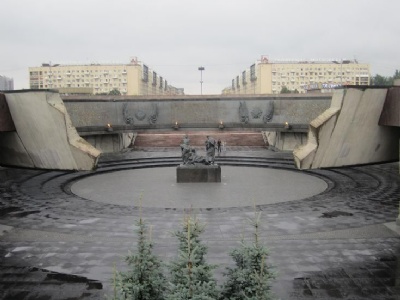
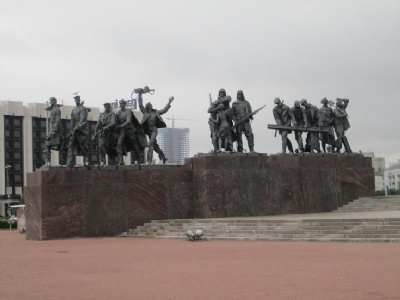

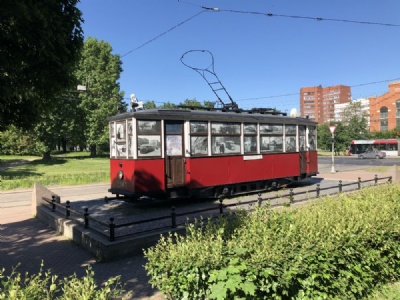
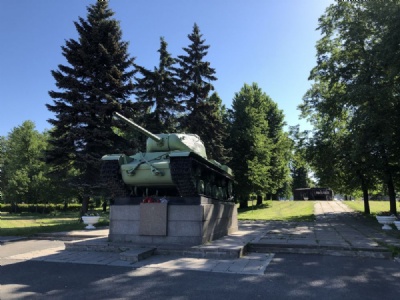
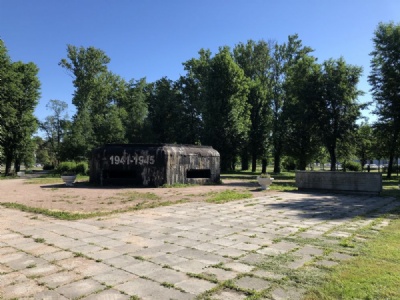
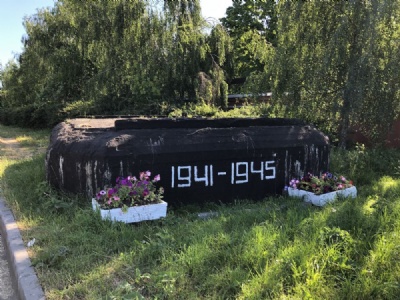
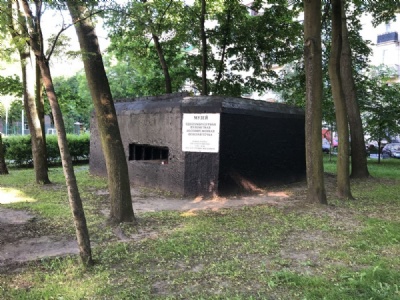
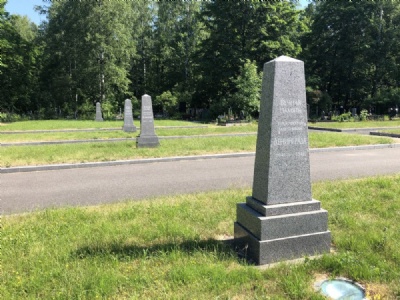
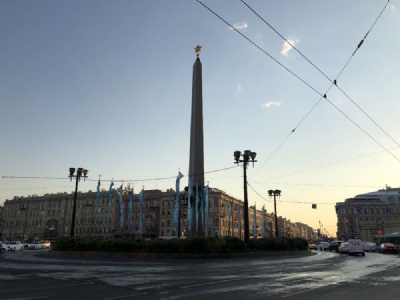
The German siege of Leningrad is the greatest siege in history and was a crime against humanity. But that assessment did not he international military tribunal in Nuremberg make. That those in power use starvation on a large scale to get rid of unwanted is a proven method. In the late 1870s, the British royal ruler of British India, Lord Lytton, let a famine spread among the indians. Lytton was a strong proponent of Social Darwinism, which was on a strong rampage in the second half of the nineteenth century. According to Lytton, the Indians were doomed as the weaker people to perish in favor of the stronger British people. Lytton said it would be to go against the theory of evolution, according to Charles Darwin, if the stronger people help the weaker to surivive. The latter is by nature doomed to die.
As a consequence of Lord Lytton’s belief in the validity of Social Darwinism, about 30 million Indians died of starvation in the nineteenth century. This method and idea was supported by Hitler and the Nazis. In the 1930s, a famine erupted with Stalin’s good conscience in Ukraine, where the Bolsheviks used hunger as a weapon to neutralize the kulaks (the Soviet peasant class) when they did not allow themselves to be compulsorily collectivized. An estimated 14.5 million people died in the affected areas as a result of the famine. Leningrad was in a way a holocaust camp that slowly but surely from a Nazi racial perspective destroyed an inferior people.
The hardships suffered by Leningrad during the siege did not go unnoticed. In 1945, the city was the first of twelve cities in the Soviet Union to receive the Hero city award and the museums and monuments are numerous. In the mid-sixties, memorials began to be erected in and around Leningrad. These monuments are called the Green belt of glory and were established over a ten-year period. They are scattered along a stretch of about 200 kilometers, especially along the road of Life and the former front line that surrounded Leningrad. In the vicinity of Kokorevo there is a museum depicting the path of life. At Kirovsk, there is a diorama museum depicting the Soviet offensive in January 1943 which meant that a land road was opened up to Leningrad. In St. Petersburg, there are two specific museums that depict the siege.
One of the memorial in Sankt Petersburg is spectacular with bombastic monuments, sculptures and a really atmospheric memorial hall. The other memorial is not so lavish, it’s more like a ”regular” museum. Both are worth a visit. In addition to these, there are a number of monuments and bunkers scattered in present-day Saint Petersburg. Leningrad was the city in the former. Soviet Union where it was established most museums and monuments in memory of the Great Patriotic War.